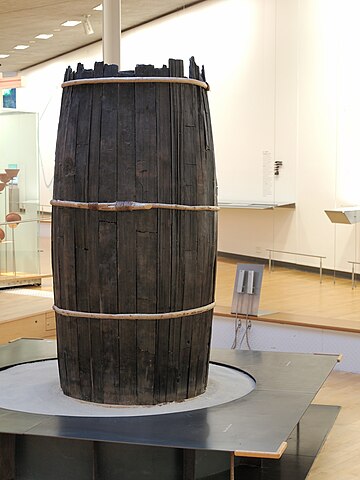There’s always a reason why, and if we can find reasons why that are real, but not acknowledged, there is opportunity. Cruising, for instance, might have some hidden reasons and opportunities. The JTBD framework is built around this idea too. Economists call it stated and revealed preferences.
Danny Meyer noticed reasons-why as a restaurateur. It’s not just the food!
“That’s why people go out to eat, it’s not because they don’t want to cook or do the dishes. They want to be transported to a social environment.” Danny Meyer
As a kid I didn’t get this. Sometime around 1998 we went to Ocean City Maryland or Hilton Head South Carolina for a family vacation. We stayed on the beach. It was great. Each night we walked to a different restaurant for dinner and the only requirement was that it allowed flip flops.
One night we were at someplace on the sea, and I wanted fish, the catch of the day or some-such-thing only to discover that it was flown in from Maine. Huh? If I wanted fish from Maine we’d have gone there for vacation.
The lesson there, and still, is that there are a collection of features (acknowledged or not) that consumers want in a product or service. Seafood tastes better by the water.
But wait, there’s more.
People like to make easy choices for the features. Easy in the sense that the amount of work is appropriate for the amount of reward. Doing your own taxes isn’t necessarily easy, but some find the reward of financial savings, mental stimulation, and personal accountability worth it. The process of making the ledger determines the ease. Home improvement is another area. I’ve started many projects because the ledger making is easy, whereas the actual work became quite tricky, a miscalculation of the work-reward relationship.
One feature hack for easier decisions is free. Free is helpful because it’s an easy input and calculation. This can be seen in the free breakfast effect.
From conclusion of the 2012 paper, emphasis mine:
“Experiment 1 shows evidence of the zero price effect; specifically, the free breakfast effect. Even though people’s preferred alternative is the Meliá, when the cheaper option of the Ibáñez Hotel includes a free breakfast, the demand for the latter increases and for the former it decreases. Especially relevant is the fact that when the breakfast in the cheaper option is only €2 (i.e. a price that is virtually insignificant and very close to zero), people go for the more expensive alternative and are willing to pay the extra cost to stay at the Meliá. No matter how small the price is or that the net benefit for each alternative across conditions is identical, the net benefit for the cheaper option will only be superior to the more expensive option when the former offers a free breakfast.”
A two-buck breakfast isn’t easy to choose because the mental accounting is to ask, what’s the catch? Whereas a free breakfast leads to, well I’m probably paying a smidge more for the room but breakfast is another service like housekeeping, room service, or valet.
Free is a special shortcut in decision making, but not the only one. Fish taste better by the sea. Diners want atmosphere, except for fast food. What’s wonderful isn’t that there is no right answer but that there are so many answers. Like a studio engineer listening to a band, there are many dials to make something work.
–
Other examples of this idea are: Donation alchemy, “Earned” rewards, and eating vegetarian.
& Rory Sutherland quotes von Mises, the man who sweeps the restaurant floor is as important as the one who prepares the food.
